New Delhi: The Indian Council of Medical Research (ICMR) has reported a rise in COVID-19 cases across several regions but clarified that the infections remain mild and manageable.
According to ICMR Director General Dr Rajiv Behl, current data indicates no cause for immediate concern as the virus variants in circulation are sub-lineages of Omicron.
Mild Infections, No Immediate Action Required
Dr Behl stated that while there has been a visible increase in cases, initially in the southern states, followed by the western region and now in northern India, the infections are not severe.
“The severity remains low. These are primarily Omicron sub-variants, and cases are being monitored closely,” he said.
The infections are being tracked under the Integrated Disease Surveillance Programme (IDSP), which provides real-time data to public health authorities.
New Variants Under Surveillance
The ICMR has identified sub-variants LF.7, XFG, JN.1, and NB.1.8.1 as the predominant strains. The first three are currently more prevalent. Genome sequencing is underway in different parts of the country to assess any emergence of additional variants.
“Samples from the west and south have been sequenced, and we’re expanding this to other regions. We expect clearer results within a few days,” said Dr Behl.
No Current Need for Booster Doses
Addressing concerns around vaccination, Dr Behl said there is no recommendation for a booster dose at this point. However, he added that India retains the capacity to manufacture vaccines quickly if the situation demands.
“Right now, there’s no indication for a new round of vaccinations. We are prepared, but there’s no immediate requirement,” he said.
Advisory on Precautions
The ICMR has not issued any new restrictions but advises the public to maintain standard COVID precautions, including hygiene and avoiding crowded spaces if symptomatic.
Officials continue to evaluate the situation for any changes in the trend or virus behaviour. The public health agency maintains that while vigilance is necessary, the current spike does not reflect a return to high-risk conditions.
















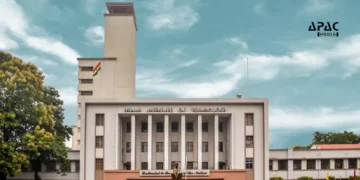







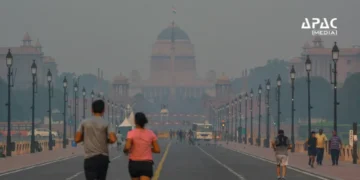



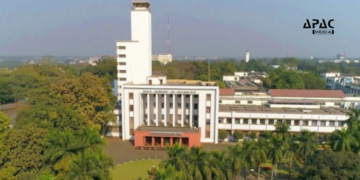

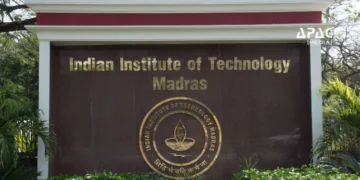

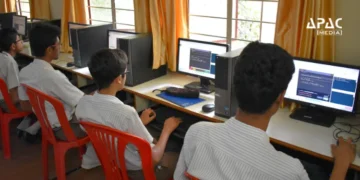










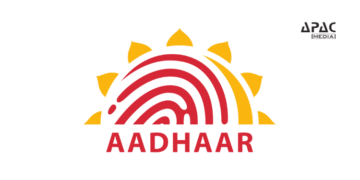



















Discussion about this post